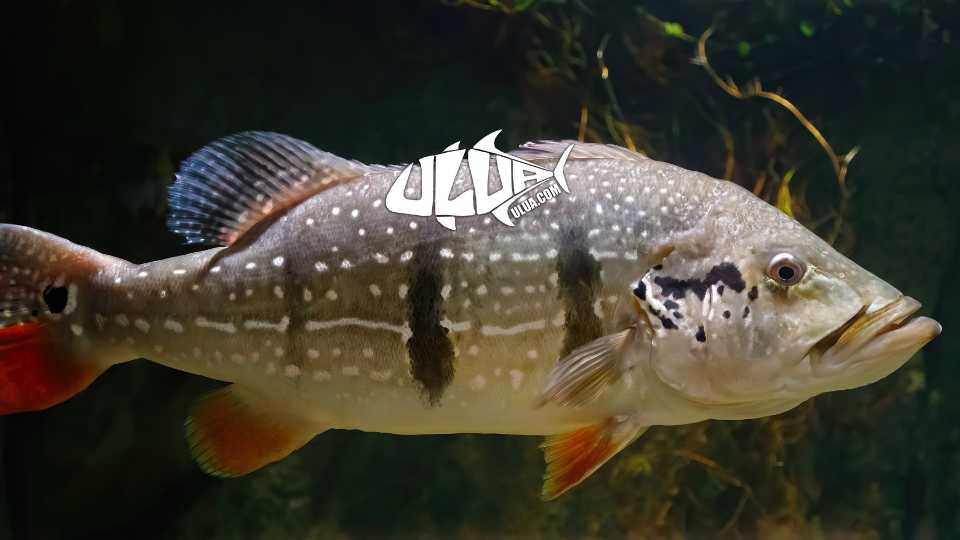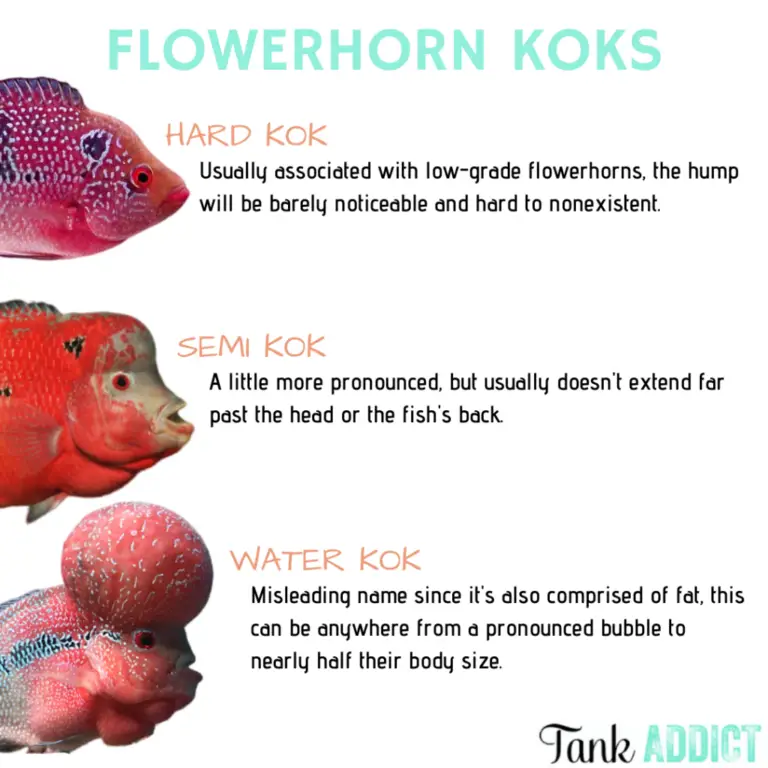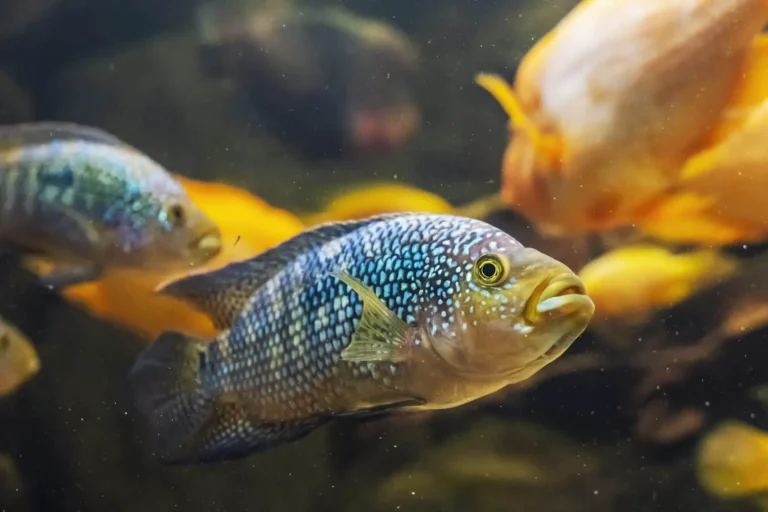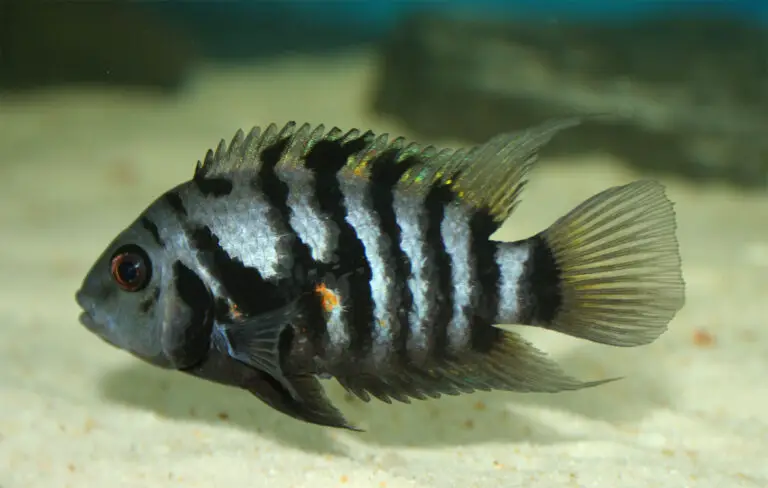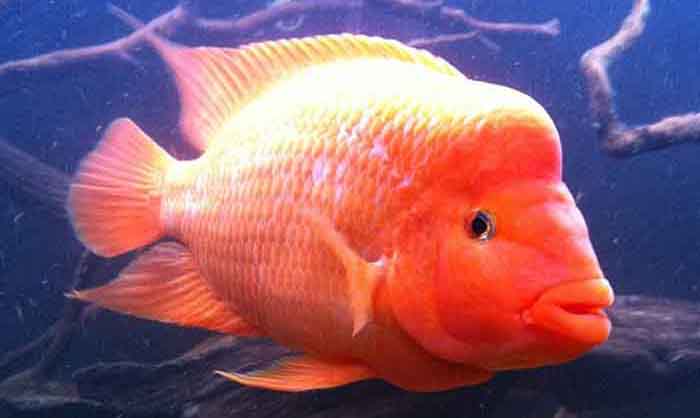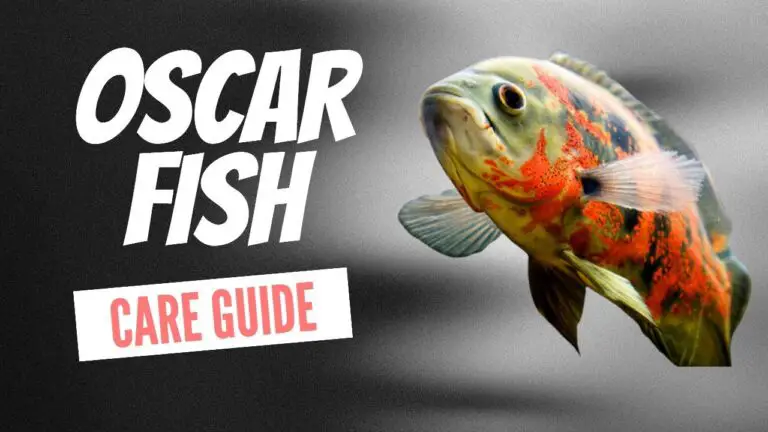Mastering the Art of Keeping and Caring for Peacock Bass Fish
Peacock bass, with their vibrantly colored scales and formidable fighting power, have long been a favorite among aquarists and anglers alike. Originating from the Amazon River Basin, these majestic fish offer a unique and rewarding challenge when it comes to their care and keeping. This comprehensive guide is designed to assist fish enthusiasts in creating the perfect environment for these exotic fish in their aquariums. From understanding their complex nature to providing the right nutrition and ensuring their good health, we will explore all facets of peacock bass care.

Understanding Peacock Bass
Before you can care for peacock bass, you must understand the fish on a fundamental level.
Habitat and Behavior
Peacock bass, Cichla species, are native to the Amazon and Orinoco basins in South America. Their natural habitat consists of clear, slow-moving waters and they are often found in weedy areas and floodplains. These fish are known for their aggressive nature, which becomes particularly prominent during the spawning season.
Physical Characteristics
Peacock bass are notable for their brilliant coloration and distinct patterns that can vary by species. They are generally broad and deep-bodied with a sloping forehead that gives them a profile reminiscent of a largemouth bass. Their fins are vivid, and their dorsal fin can be retracted almost to the tail when they are in attack mode.
Popular Species
The best-known species include the Cichla Monoculus, a smaller, yet very beautiful and popular species for home aquariums, and the Cichla Temensis, one of the largest and most powerful species that requires special attention to house properly.
Setting Up the Ideal Environment
To keep peacock bass successfully, the fish keeper must replicate the unique environment of their native waters as closely as possible.
Tank Size and Layout
Peacock bass are notably large fish, and as a result, require a significant amount of space. An absolute minimum tank size for a single adult peacock bass is 125 gallons, with larger fish needing more space to thrive. Provide ample hiding spots and utilize plants and decorations to create territories within the tank.
Water Conditions and Temperature
Maintaining the right water parameters is vital. Water should be soft to moderately hard, with a pH of 5.5 to 7.5, and a temperature range of 75-84°F (24-29°C). An efficient filtration system is a necessity, ensuring pristine water quality.
Suitable Tank Mates
While peacock bass are generally intolerant of small, tank mates, there are a few compatible species. Large, robust fish that can defend themselves, such as larger cichlids or catfish, can make suitable companions.
Feeding and Nutrition
Peacock bass require a varied and nutritious diet to maintain health and vibrancy.
Dietary Requirements
Peacock bass are carnivores, and in the wild, they primarily feed on smaller fish, crustaceans, and sometimes even small birds or mammals. In captivity, a diverse diet that mimics their natural diet is ideal.
Feeding Schedule and Habits
Adult peacock bass do well with two feedings a day, while juveniles might require more frequent, smaller meals. These fish are voracious eaters and can be fed live, frozen, or pellets, but be careful not to overfeed, as they are known for their appetites.
Recommended Food Types
Offer a balance of proteins with live or frozen foods like shrimp, krill, and feeder fish, supplemented with high-quality fish pellets. Occasional treats like earthworms or crickets can also be offered.
Health and Disease Prevention
A proactive approach to health is crucial in keeping your peacock bass healthy.
Common Health Issues
Peacock bass are susceptible to common fish diseases such as ich, fin and tail rot, or bacterial and parasitic infections.
Signs of Illness
Be vigilant for any changes in behavior, appetite, or physical appearance. Any lethargy, inflammation, or abnormal spots should be investigated promptly.
Preventive Care Tips
Regular water changes, maintaining stable water parameters, and quarantining new fish are good preventative measures. Ensuring a balanced diet and feeding only trusted, disease-free live foods can also help protect your fish.
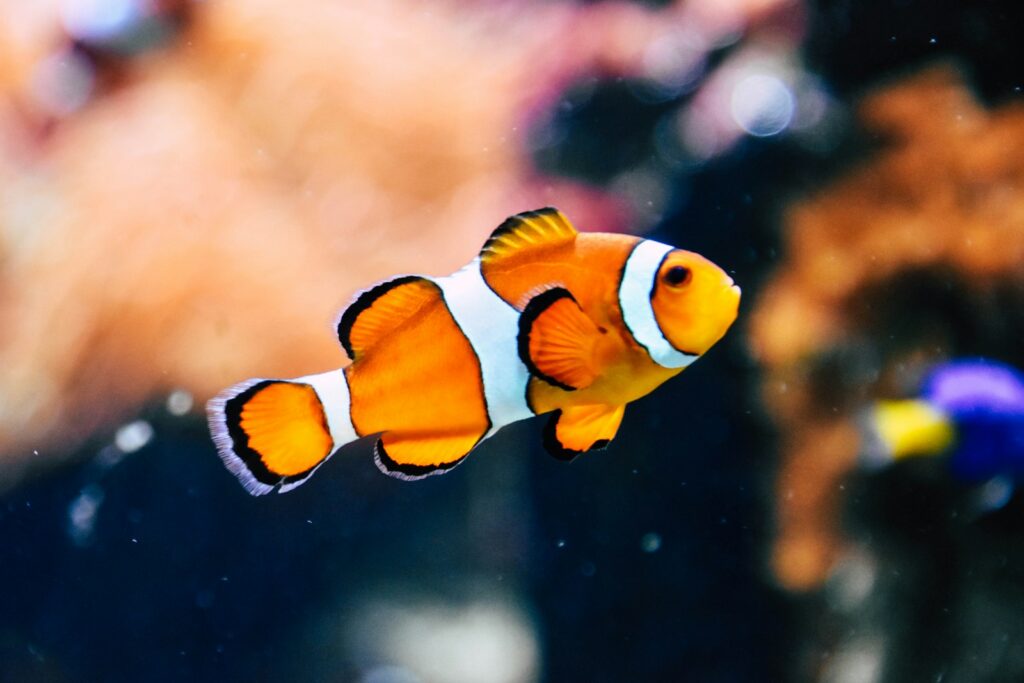
Breeding and Reproduction
Breeding peacock bass in a home aquarium is a challenging yet rewarding endeavor.
Breeding Requirements
To encourage the breeding of peacock bass, it’s essential to simulate their natural environment, ensuring water quality and proper nutrition.
Spawning Process
During the breeding season, prepare the fish by conditioning them with live foods. Peacock bass are biparental, with the female laying eggs and the male guarding and fanning them until they hatch.
Caring for Fry
Once the fry have hatched, they can be kept separate from the adults and fed a diet of small food particles such as infusoria until they are large enough to eat regular food.
Conclusion
The rewards of keeping and caring for peacock bass are plentiful for those willing to invest the time and effort. By understanding their requirements and providing the right environment, nutrition, and health care, you can create a thriving community in your home aquarium. The beauty and strength of these fish serve as a constant reminder of the diversity and wonder of the natural world. Remember, a well-cared-for peacock bass will bring years of joy and fascination to any enthusiast.

